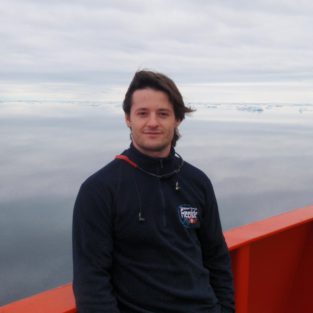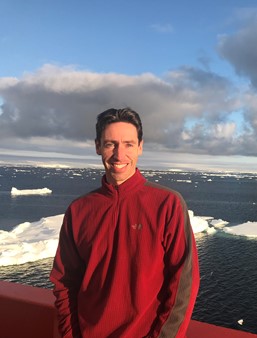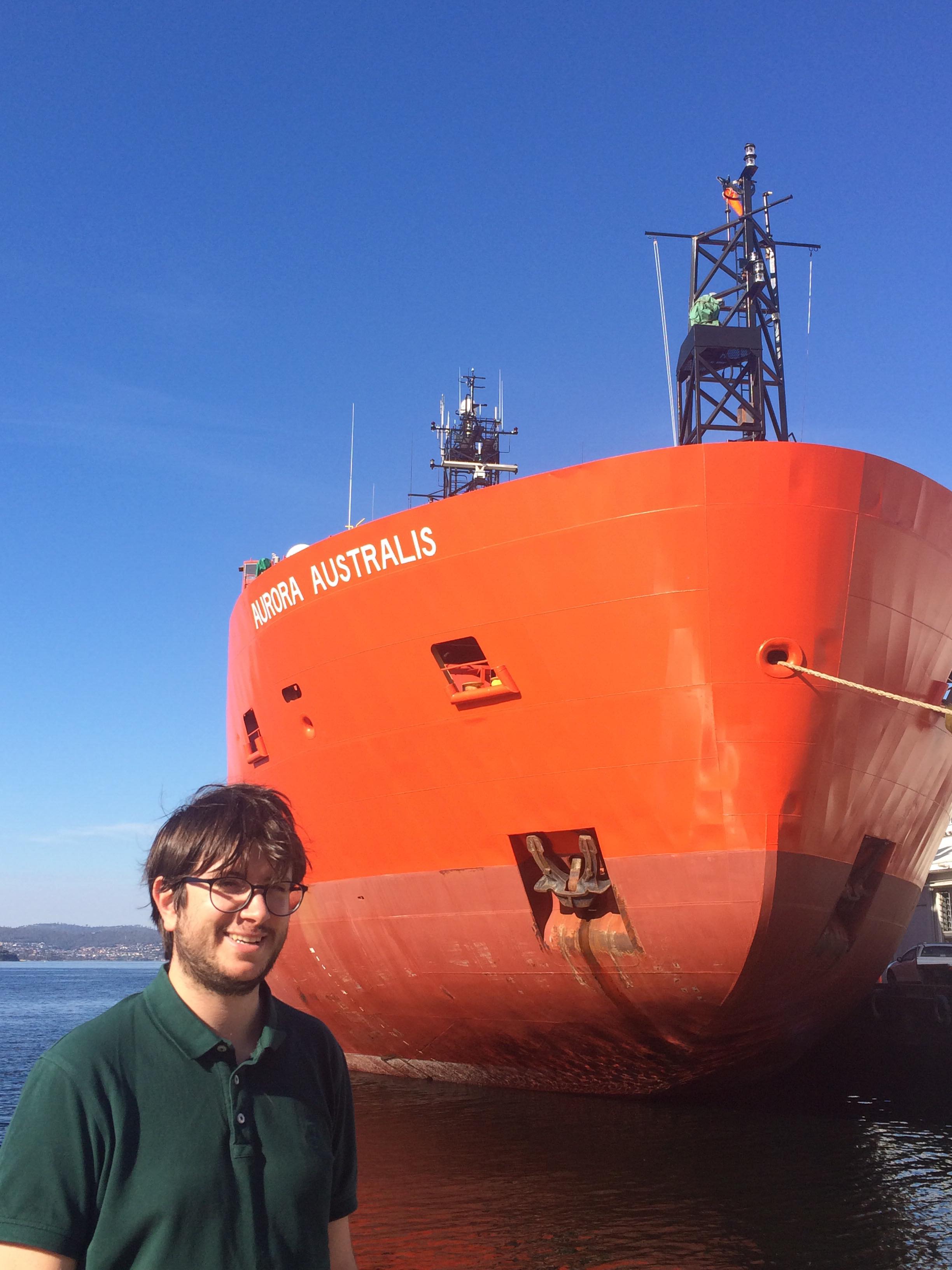Amundsen and Bellingshausen Sector (ABS) RWG Welcomes a New Leadership Team Members

The Amundsen and Bellingshausen Sector (ABS) Regional Working Group (RWG) are delighted to announce that Andrew Thompson, Pierre Dutrieux, Tiago Dotto and Alessandro Silvano are joining the working group's leadership team. Alessandro is joining the working as the new APECS representative with previous APECS representative, Yoshihiro Nakayama completing his two-year term but remaining in the general leadership team.
Dr Tiago Segabinazzi Dotto is a Senior Research Associate at the University of East Anglia in Norwich, UK. He studied oceanography and specialised in physical oceanography at the Federal University of Rio Grande (FURG) in Rio Grande, Brazil. He completed his PhD in 2019 in physical oceanography at the University of Southampton, UK. During that time, his research was focused on studying the ocean circulation off West Antarctica, particularly the Ross Gyre, using remote sensing, and investigating open ocean-slope exchanges in the Amundsen Sea through in situ data and high-resolution models. Currently, he is working on the TARSAN project, one of the projects under the International Thwaites Glacier Collaboration (ITGC). As a postdoc of TARSAN project, he is investigating heat fluxes into and out of the Thwaites Ice Shelf cavity and turbulent mixing rates using in situ measurements. Tiago's research interests are focused on exchanges between the open ocean and continental shelf, ocean-ice shelves interactions, dense water formation and export and variability of ocean properties. He is also a member of the Brazilian High Latitude Oceanography Group (GOAL) and the Brazilian National Institute of Science and Technology of the Cryosphere (INCT-CRIOSFERA).




Dr Alessandro Silvano is a research fellow at the University of Southampton (UK), investigating how currents in the Southern Ocean regulate the oceanic heat transport toward the West Antarctic Ice Sheet. Alessandro has recently completed a PhD at the University of Tasmania and CSIRO, where he worked on ice-ocean interaction in East Antarctica. Alessandro joins ABS co-chairs Bastien Queste and Patricia Yager, as well as the ABS leadership team in implementing the SOOS activities in the Southern Ocean Indian sector in accordance with SOOS's 5-year implementation plan.






